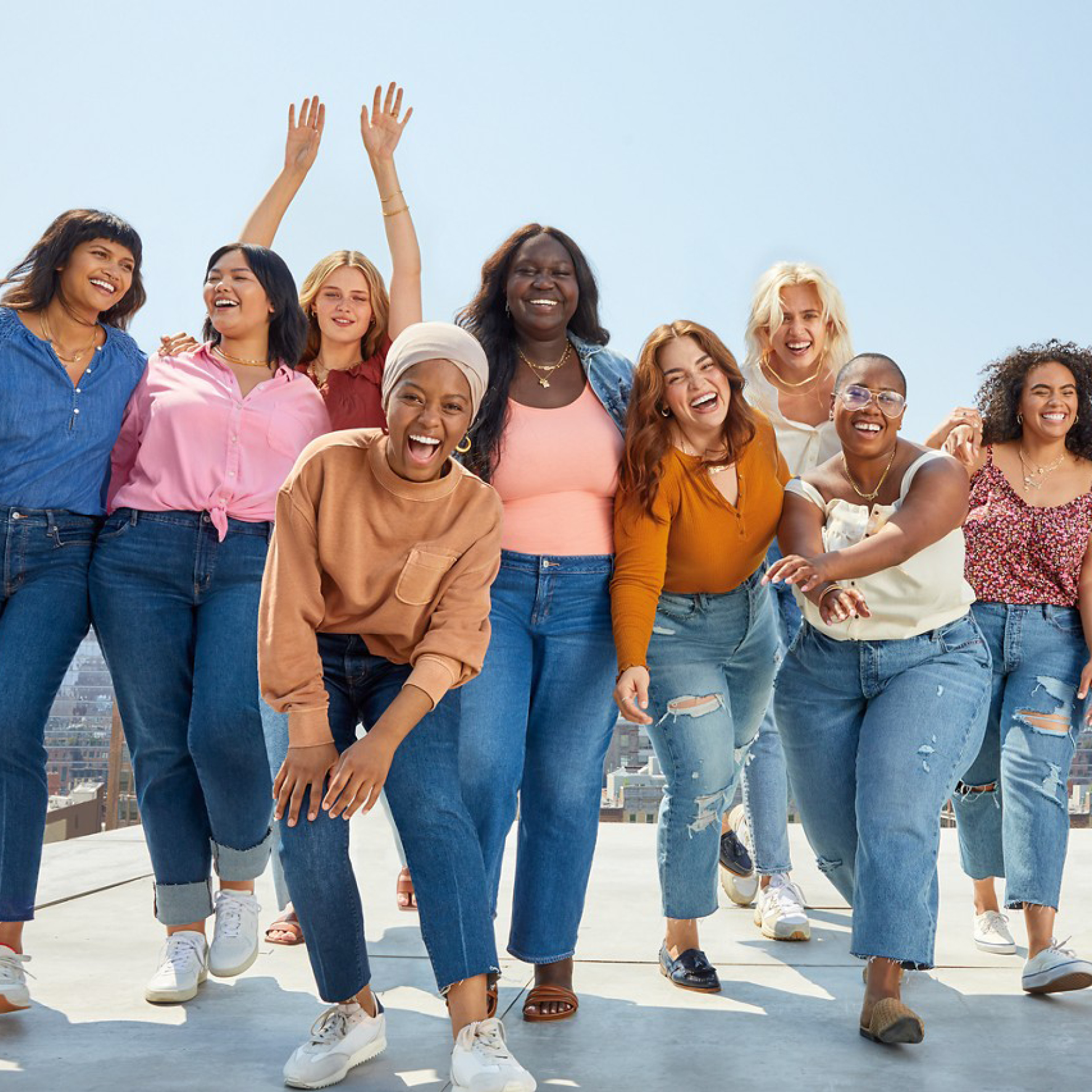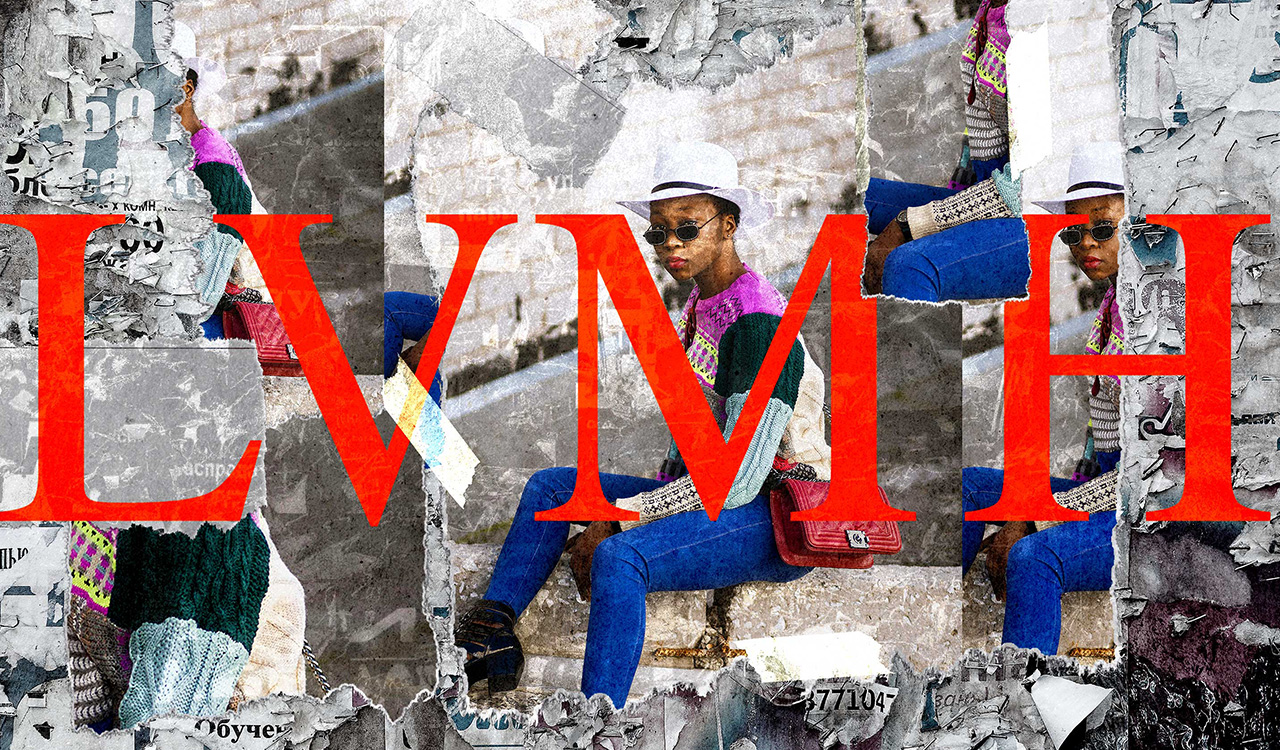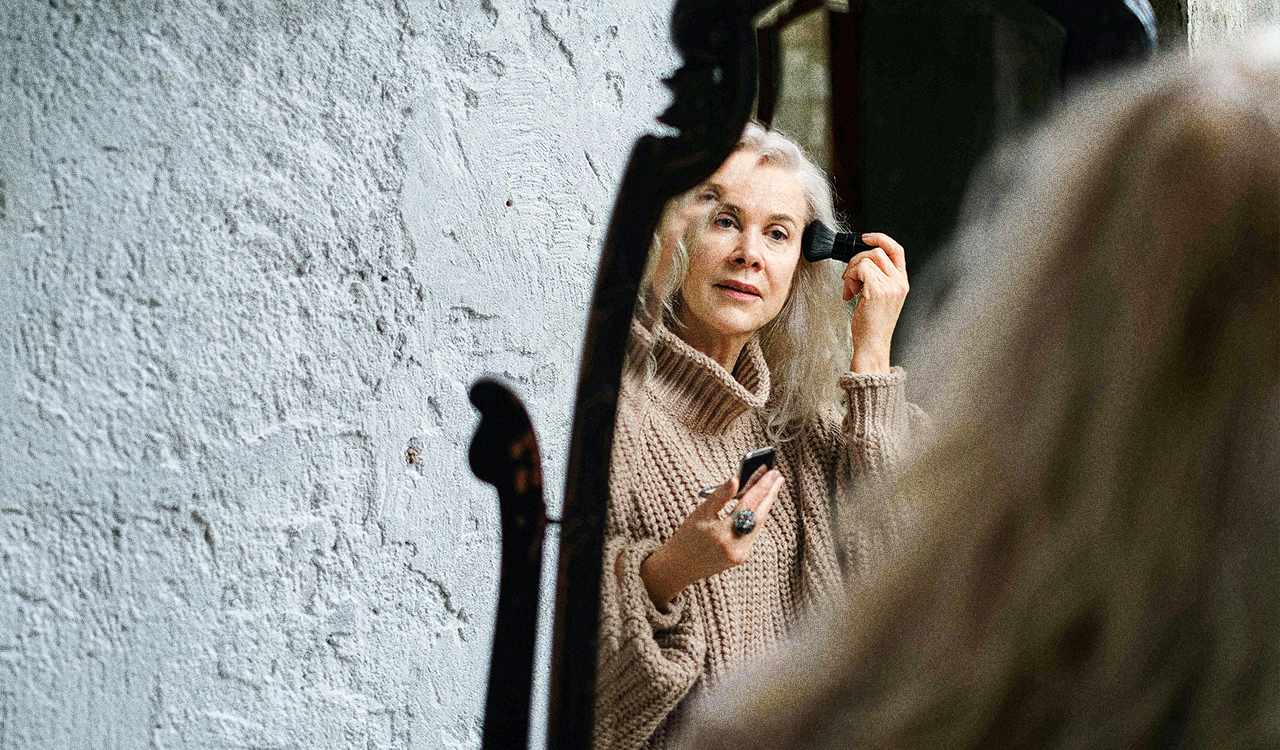There is no industry that is less consumer-centric than fashion. While every fashion brand believes it is consumer-centric, most refuse to dress 68 percent of all women who wear a size 14 or larger. Case closed.
A recent look at the availability of plus-size garments in 25 of the largest multi-brand retailers carrying some 15,500 brands found that fewer than 3 percent of their women’s apparel assortment is plus-size, according to retail analytics firm Edited.
The fashion industry designs for an idealized image of women that very few women match. Despite all the cultural conversation about inclusivity and diversity, only about 5 percent of models on New York Fashion Week runways are plus size. “It still feels slightly tokenism, with one or two [curve girls] and then everyone else is the same size,” said Adam Hughes of JAG Models in The Zoe Report. “There’s nothing even between a 0 and a 14 [showcased]; it’s just that everyday sample size of 0 and then [the token plus-size model].” Talk of tokenism, designer Collina Strada sent a plus-size model down the catwalk even when the brand’s largest size L is U.S. women’s size 8 to 10.
Not all brands fail in the plus-size realm, but they are relegated to the margins and would be classified as apparel, rather than fashion. That is, plus-sized clothing is primarily functional, rather than being a means for personal expression, which is what fashion is.
She Is Not Being Served
The average American woman is 5’3”, weighs in at 170 pounds and has a waist circumference of 39,” according to the Centers for Disease Control. Men are getting bigger too, a shade under 200 pounds with a 40” waist, so they have size problems too. But since women’s apparel represents about 60 percent of the roughly $2 trillion global industry, their sizing problems are magnified.
Not all brands fail in the plus-size realm, but they are relegated to the margins and would be classified as apparel, rather than fashion. That is, plus-sized clothing is primarily functional, rather than being a means for personal expression, which is what fashion is. “Showing your identity is a very important emotional aspiration that plays into shopping behavior,” said Chris Gray, PsyD., founder of consumer psychology consultancy Buycology. That’s the difference between buying a muumuu coverup dress versus something fashionable. Fashion serves consumers’ emotional needs and women who don’t fit the fashion world’s ideal are persona non grata.
Plus-Sized Opportunity
Fashion brands are missing a huge market opportunity. Statista estimates the plus size market at $24 billion in 2020, that is less than 20 percent of the total $133.6 billion U.S. women’s and girls’ clothing market. It should and could be much larger. And nearly $7 billion of the plus-size market is accounted for by specialty retailers catering only to her, like Lane Bryant, a not-so-subtle form of segregation.
And a study by Alvanon, an international firm that supplies data and analysis to the apparel industry, found that the industry is losing 80 percent of its potential by not serving the plus-size clothing market. Further, 72 percent of millennials were dissatisfied by the plus-size products on offer, 61 percent said the problem was clothing fit and 34 percent called on the industry to increase and improve the number of plus-sizes available.
Try and Fail
In a much-publicized effort at size inclusivity called Bodequality, Gap’s Old Navy tried and failed to end size segregation in its stores. The company said in a statement, it was “reimagining the shopping environment in all stores and online to be more size inclusive, giving women everywhere the fashion and experience that they deserve.” The Bodequality program launched in August 2021 and also promised price parity between XXS and XXL sizes.
But then it limited in-store displays to size 28, leaving those above to shop online. “Old Navy’s brand of ‘inclusivity’ is, to be honest, more than insulting at this point. It’s infuriating and exhausting. If you’re over a size 30 (28 in stores), you essentially do not exist. That’s what this language tells us,” wrote Juliet James in the Huffington Post. And it got into more trouble by miscalculating the number of items needed in each size range, selling out fast in the mid-ranges and was left holding the bag in extra-small and extra-large sizes. Shoppers who had been promised her size would be there were turned away and disappointed.
Not surprisingly, Old Navy revenues took a big hit, down 19 percent from previous year in the first quarter ended April 2022 followed by a 13 percent hit in second quarter ending July. In both quarters “size and assortment imbalances” took much of the blame. The Bodequality program, originally billed as the “largest integrated launch in the brand’s history,” was quietly scaled back during the company’s first quarter earning call. And coincidentally or not so coincidentally, Old Navy CEO Sonia Syngal left the company before the second quarter ended.
More Variation, More Opportunity for Design Creativity
The saying “opportunity is a challenge in disguise” is relevant to the fashion industry that needs to open its eyes to the opportunity that lies behind the challenge of dressing plus-sized women. At least Old Navy is to be applauded for trying.
One of the core challenges in dressing the plus-sized girl is that as she gets bigger, her physical form shows more variation. So, the traditional diamond, hourglass, oval, rectangle, and triangle body shapes make fashion design more complicated as body mass increases.
Old Navy took the right approach by partnering with the University of Oregon to conduct body scans of nearly 400 women and creating 3D avatars as a guide, rather than using common-industry practice of simply scaling up smaller sizes. If only designers would see the potential to stretch their creativity across a much broader range of female body shapes and sizes. The classic “What Not to Wear” series showed how with the right styling any woman could be beautiful. Fashion designers need to learn a few of those tricks.
Easy Fix
Better data is the answer: better data about body shapes and sizes to power the design side, and better data so that retailers can accurately stock their racks with the right sizes to avoid the imbalances that got Old Navy into trouble.
“The fashion industry has always run on instinct with incredible buyers and merchandisers, but rather than making buying decisions with their gut or based upon what they ordered last year, they need to use the right data,” said Sarah McVittie, co-founder of Dressipi, a technology firm that helps fashion retailers get their stock assortments right. For its clients, Dressipi compiles a huge database of fashion microdata, by item, size, and styling features, and through data analysis makes an item-by-item recommendation of true demand value.
McVittie explains, “We run models for our clients to predict the correct size ratios they should carry for each product – incorrect size ratios are a big contributor to margin erosion for retailers. We create lots of extra data on every product and based on purchase and click behavior we can ascertain the true demand for every product. We do this at a department, category, and SKU level.”
Well-established across the U.K and Australia, Dressipi is just getting started in the U.S., a market in desperate need of Dressipi’s level of data intelligence, being the second largest apparel and footwear market in the world after China, $364.1 billion to $427.2 billion respectively.
“A retailer can massively improve revenue and EBIT margin by producing the right things at the SKU level,” McVittie asserted. “Rather than buying stock according to the same size curve, a 10 percent adjustment one way or another can make a huge difference in overall performance.” She points to data that showed in A/B tests, Dressipi’s personalized recommendations can outperform competitors by delivering incremental improvements to profit (+21%), revenue (+12%), returns (-15%) and sell-through rate (+10%).
Go Bigger or Go Home
“In general, we find retailers can go and should go bigger. The data tells us what product features are most relevant in larger sizes,” McVittie continued and likewise, it can recommend when retailers should go bigger or smaller in the small sizes as well. For example, she shared a data chart for a dress SKU. Based upon that dress’ product features, Dressipi recommended a double-digit drop in sizes 4 through 8, a slight increase in stock for sizes 10 and 12, a 10 percent increase in size 14 and nearly a 25 percent increase in stock levels for size 16 based upon the product features.
“Most brands should be offering more volume in their largest sizes, which suggests they could also increase their ranges further. And when you dig into the data, you can very easily see the sets of features that are preferred by the larger sizes,” she said. “There is a huge market of women who are desperate right now to get her size in the style she wants,” McVittie concluded. And it’s quite clear the time is now for the fashion industry to show a little more love to the plus-sized girl. She’s worth it.




